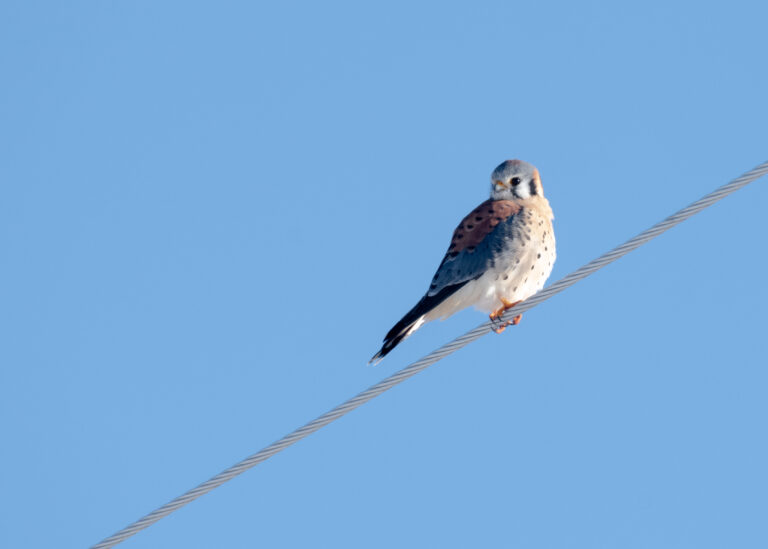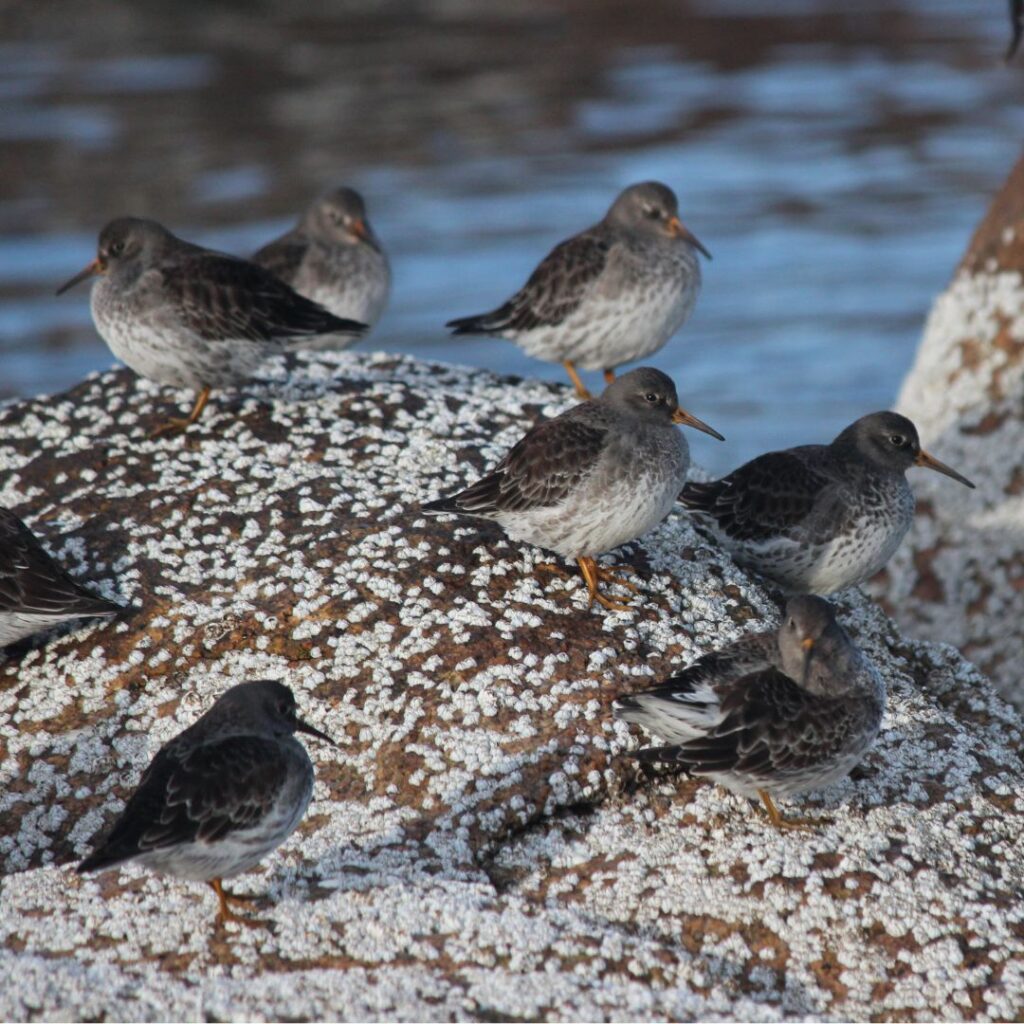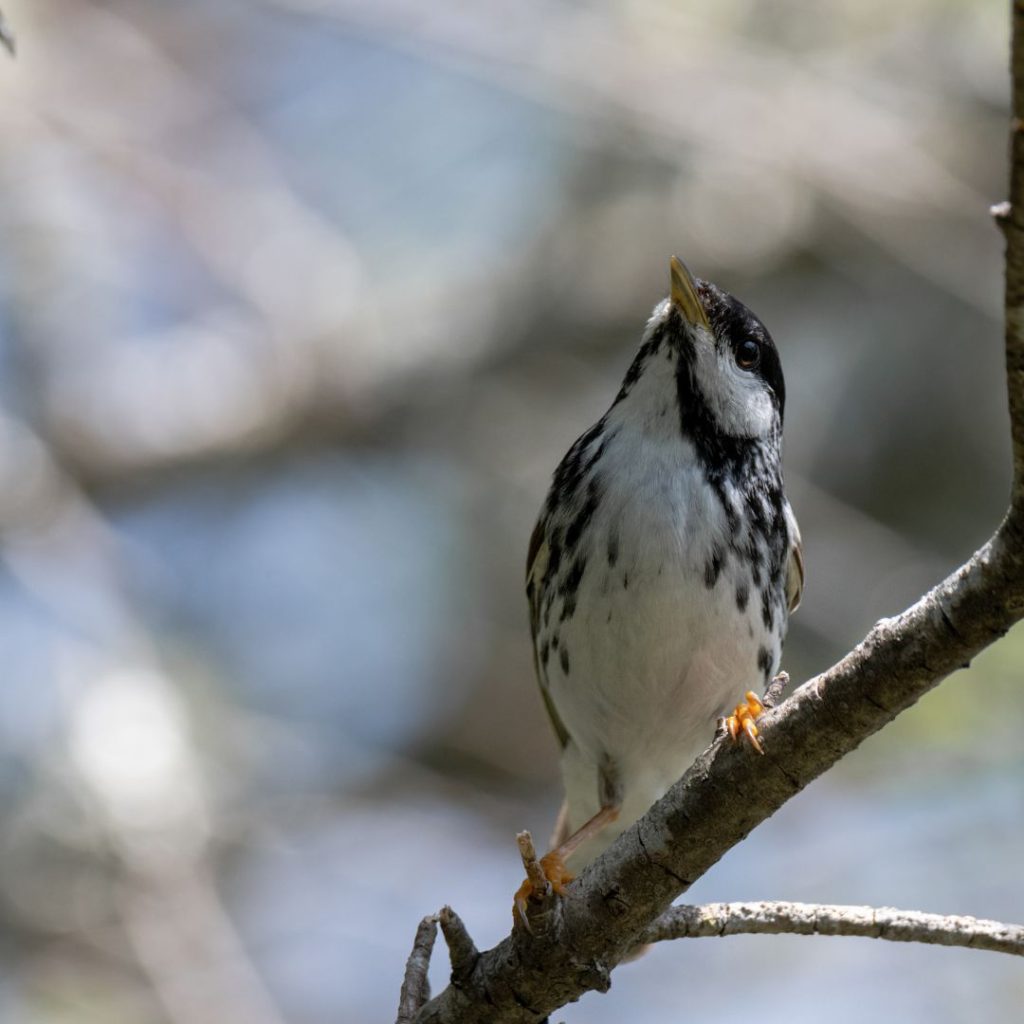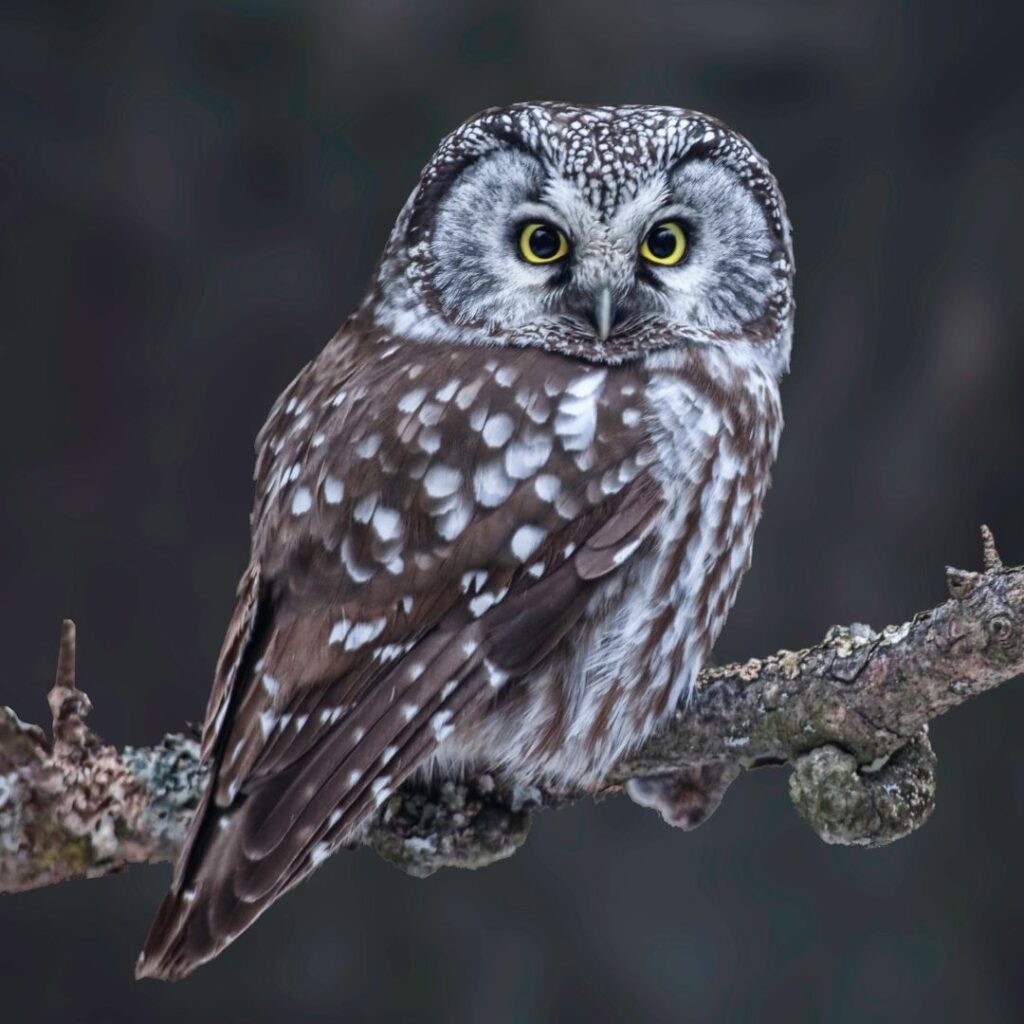
Monitor a Nest Box on your property!
Each spring, Maine experiences an influx of hundreds of migratory breeding birds, many of whom utilize cavities for nesting sites. Our state, with its rich mosaic of different habitat types, provides suitable breeding grounds for a variety of cavity-nesting species ranging from songbirds to raptors to waterfowl. Cavities include naturally occurring sites such as the chambers drilled out by woodpeckers or hollows formed in trees after a branch breaks. Suitable sites also include man-made nest boxes designed to meet the requirements of a specific species when installed in appropriate habitat. These nest boxes present a unique opportunity for observers to gather detailed information about the breeding status of these birds while providing nesting opportunities where sites may be limited.
Although many cavity-nesting species are currently increasing in number, some species such as the American Kestrel, Tree Swallow, and Purple Martin are experiencing declines in Maine. Habitat destruction and competition from invasive species like the European Starling and House Sparrow for suitable nest sites pose threats to cavity-nesting species. All the while, climate change threatens to exacerbate this issue of nest cavity competition by favoring the aggressive invasive species, which remain on or near their breeding grounds year-round while disadvantaging non-resident individuals that migrate to reach their breeding grounds.

American Kestrel
(Photo by Logan Parker)
Volunteer Resources
Use the links below for guidance on constructing and monitoring a nest box on your property. We occasionally have pre-built nest boxes available for volunteers on a first-come-first-serve basis. Contact Logan Parker (logan@mainenaturalhistory.org) for more information.
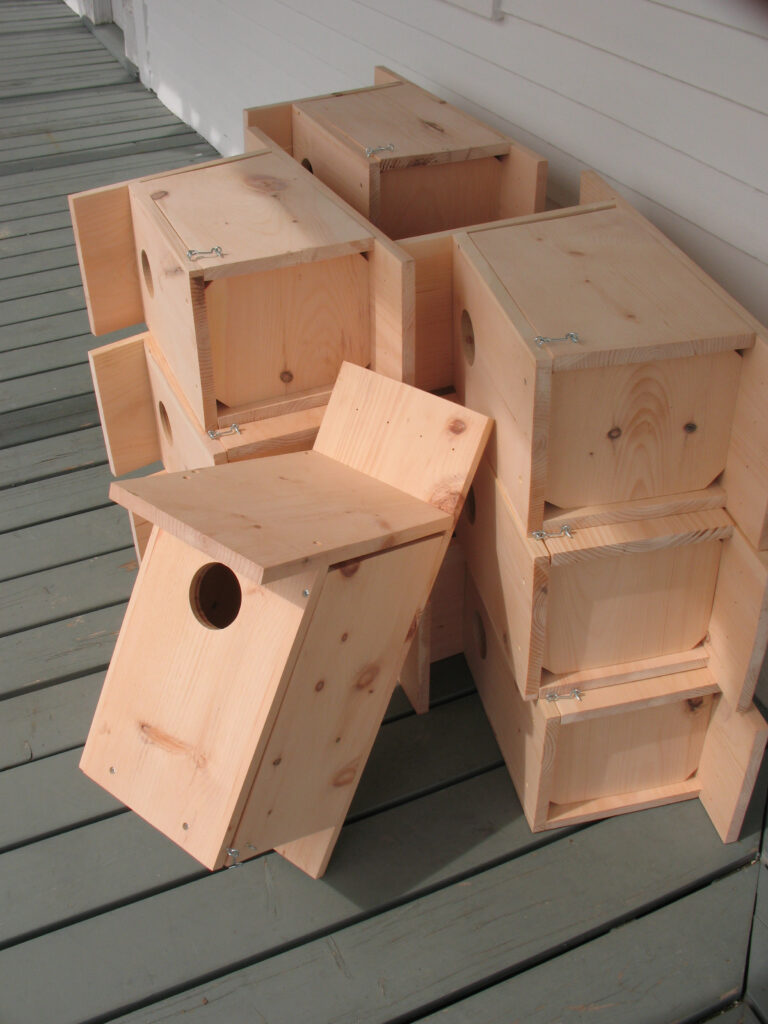
In the handbooks below, there are plans for simple nest boxes that can be built by anyone with rudimentary carpentry skills and can be modified to suit the wood you have available. Be prepared that your first nest boxes may be ignored by the birds at first. Give the birds some time to find your box before considering moving it to a new location.
This project will help to gather valuable information about the status of Maine’s cavity-nesting birds, confirm breeding for elusive species (such as owls), and to increase availability of suitable nesting sites for these native species. Thank you!
Click the links below to view the nest box monitoring data sheet and handbooks:
Latest
Project Updates
-
The Nest Box Monitoring Project is Expanding!
13 December 2025
Stay Connected
Follow the progress of this project through our newsletter or on social media
Related Content
-

Purple Sandpiper Surveys
Repeating Historical Purple Sandpiper Surveys to Update Status of Overwintering Population In the early 2000s, Glen Mittelhauser and collaborators…
-

Coastal Songbirds
Maine’s small islands—particularly those along the Downeast coast—may act as important refuge from climate change for boreal bird species…
-

Boreal Habitat Owl Surveys
Owls are among the most charismatic and recognizable orders of birds in the world, yet their secretive life histories,…


